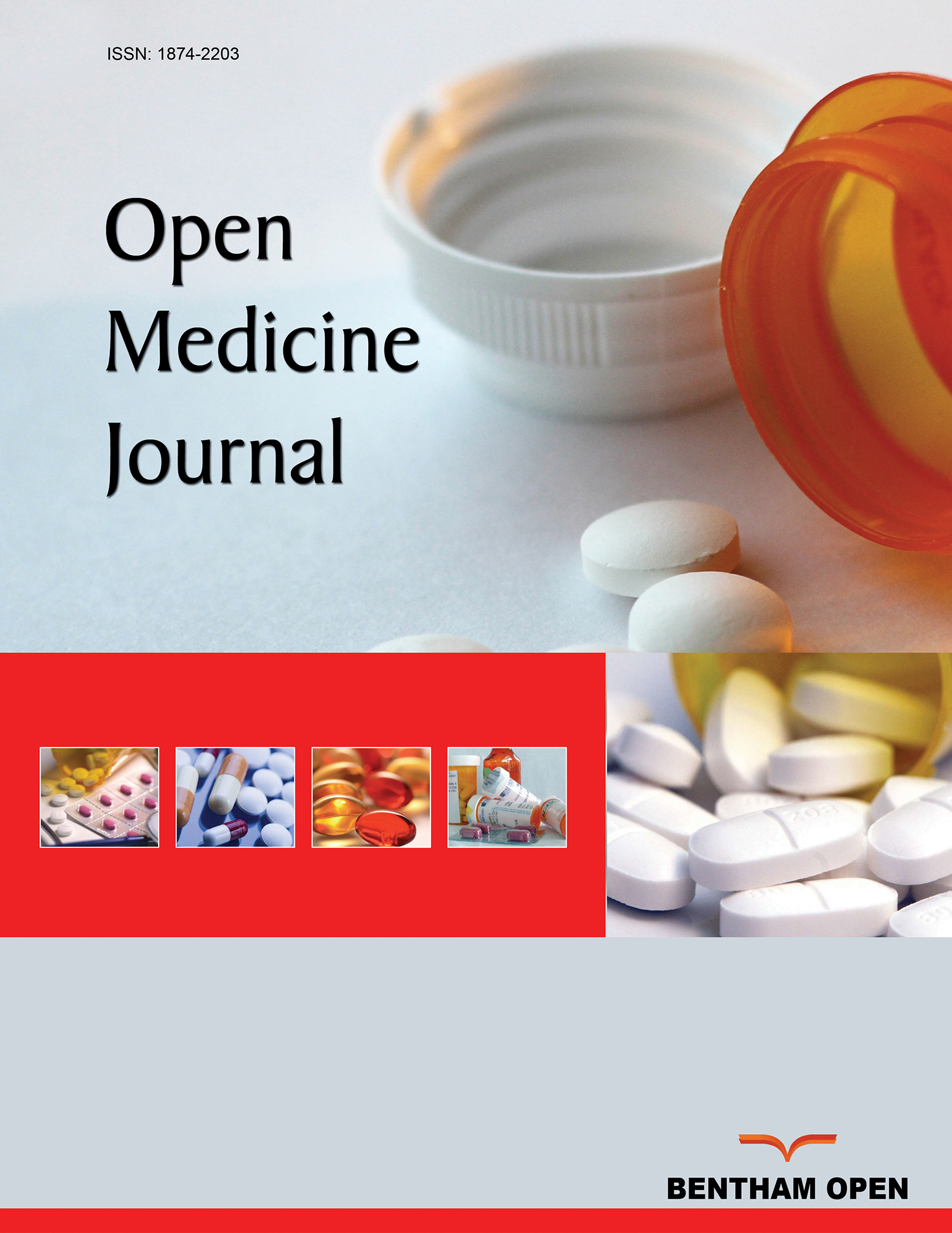All published articles of this journal are available on ScienceDirect.
Teaching Anatomy; Dissecting its Delivery in Medical Education
Abstract
Anatomy has long been a topic of interest amongst both those in medicine and those not. The understanding of biology, in terms of the function and structure of the organs and other structures of the body, has dramatically changed over time, and has been closely related to both scientific improvement and religious feeling.
There is no doubt that gross anatomy is one of the preclinical cornerstones of medical education, but the way in which it has been taught has changed over the years. As early as the 16th century, Vesalius stated that anatomy could only be taught by dissection, however, alternative options for cadaveric study are certainly more available now than when this statement was made.
Current teaching methods incorporate the tried and tested cadaveric based dissection, but has more recently been super ceded by the use of computer based imaging and the change to self-orientated or problem based learning. The shift towards the latter has led to a perceived suffering to the gain of anatomical and pathological knowledge of new doctors and surgeons.
This paper aims to describe the history of anatomy teaching and review the current evidence for and against the current methods used for its deliverance.


